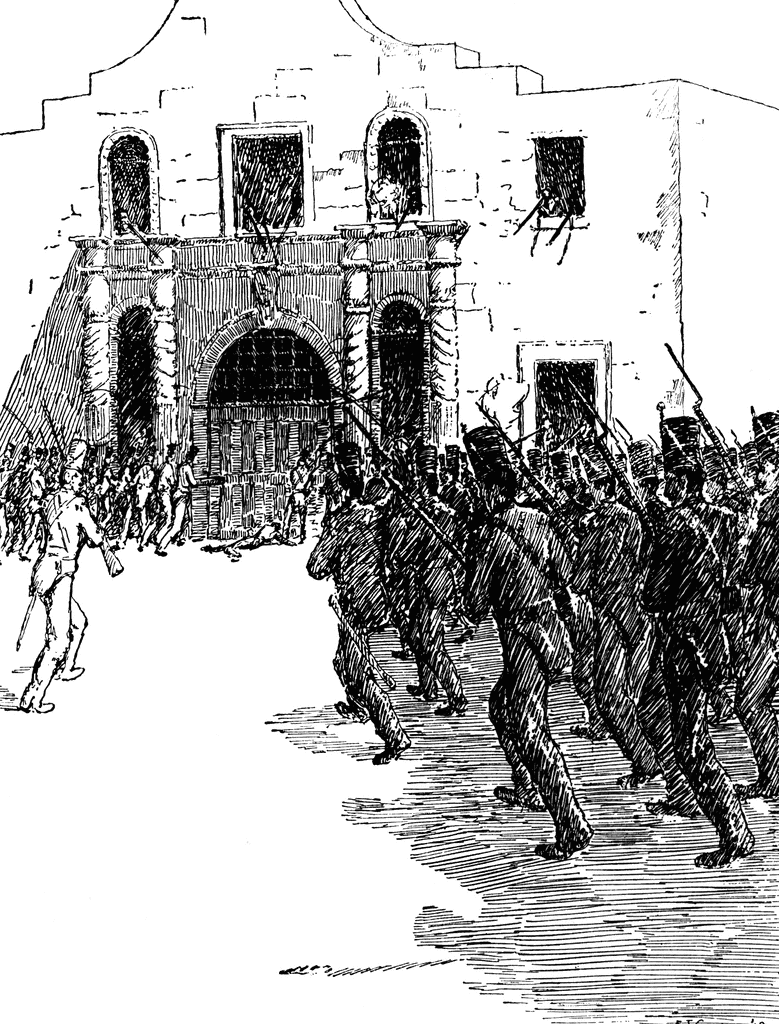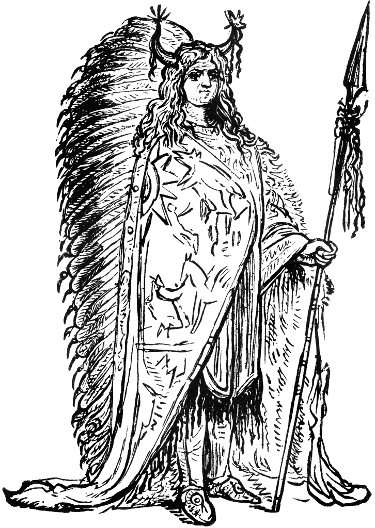Online Courses
The Institute currently offers online courses in U.S. History. There are two courses available—U.S. History Part 1 and U.S. History Part 2. Each course earns the student 2 credit hours. Part 1 covers 1492-1877. Part 2 covers 1877-present. Students may enroll in these courses individually or as a two-course package. All information necessary for the student to complete the courses will be delivered by email.
Tuition
Online courses are $129.00 each. The two-course package is $250.00
U.S. History Part 1
U.S. History Part 1 is a required course at most colleges, for majors from Liberal Arts to Economics, Science to Political Science, and most anything in between. It’s usually taught in overcrowded classes to hundreds of incoming freshman. Why not skip the lecture halls and take it online, in the comfort of your own home?
You’ll start U.S. History Part 1 at the beginning: with the civilizations that were here before the European colonists arrived, and you will end in 1877, just after the Civil War and Reconstruction. Along the way, you will examine the development of political, religious, economic, and social institutions. You’ll learn how the Industrial Revolution and Western movement changed the lives of Americans. And, of course, you’ll analyze the specific causes of the American Revolution and the Civil War, and their resulting impact on politics, the economy, and society.
U.S. History Part 2
U.S. History Part 2 provides an overview of the history of the United States and its effects on American society from Reconstruction following the Civil War to the post-9/11 era. Students apply historical research skills to major themes in American history and evaluate the successes and failures of various Reconstruction plans. Factors that led to the rise of Populism, American expansionist policy, and the development of the Progressive movement are identified, and the effects on American society are discussed. Students investigate the causes of World War I and analyze the social and economic developments that characterized the period between World War I and the Great Depression. Factors that lead to the Great Depression, World War II, and the Cold War are examined, and the major economic, social, and diplomatic developments of the Eisenhower, Kennedy, and Johnson administrations are investigated. The causes, events, and consequences of the Civil Rights movement of the 1950s and 1960s are examined, as well as U.S. involvement in Vietnam and the impact of the war on American society. The major domestic and international developments of the Nixon, Ford, Carter, Reagan, and the first Bush administrations are analyzed and assessed, as is the significance of major domestic and international developments since 1990.


